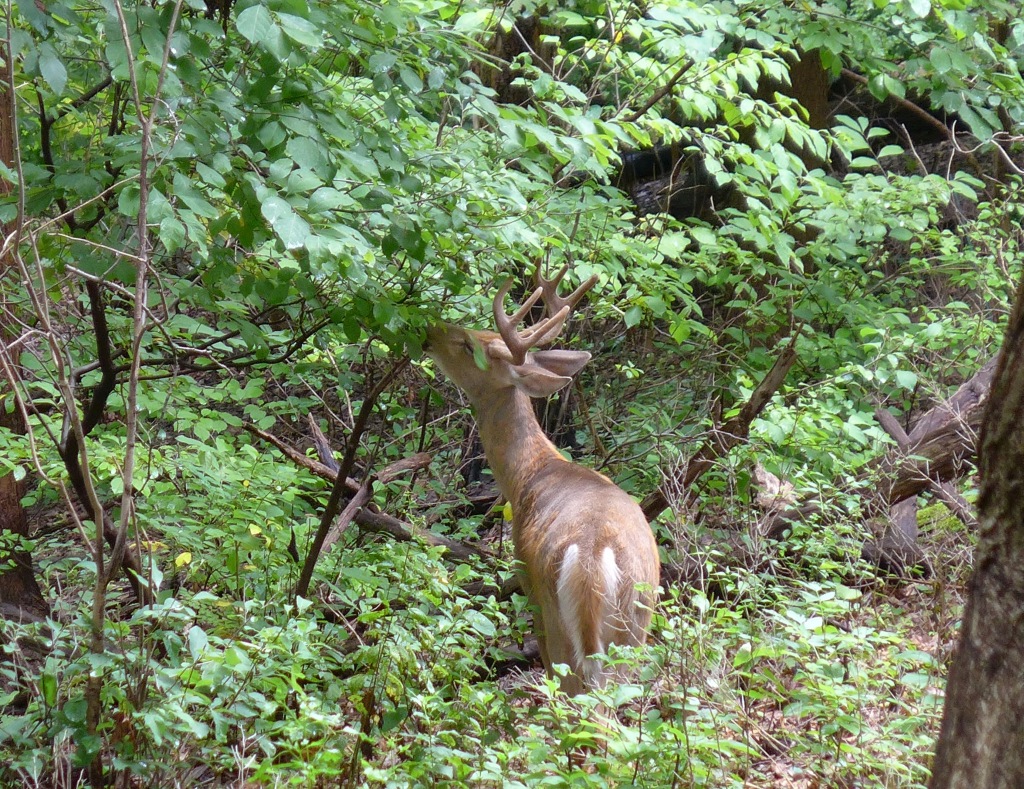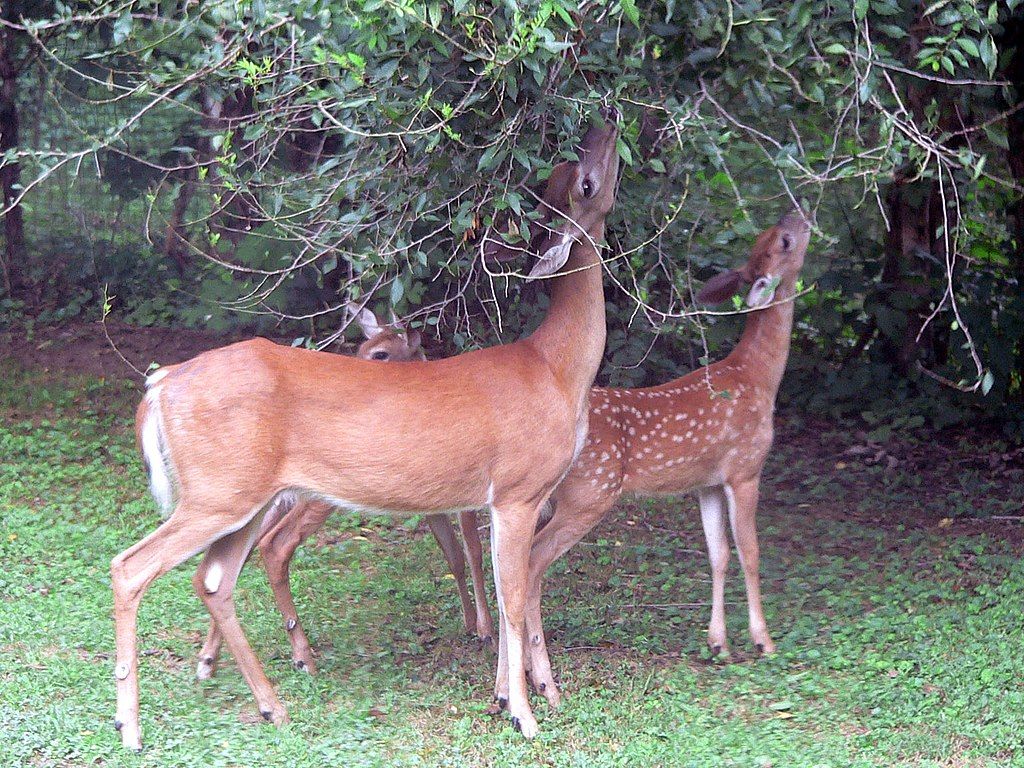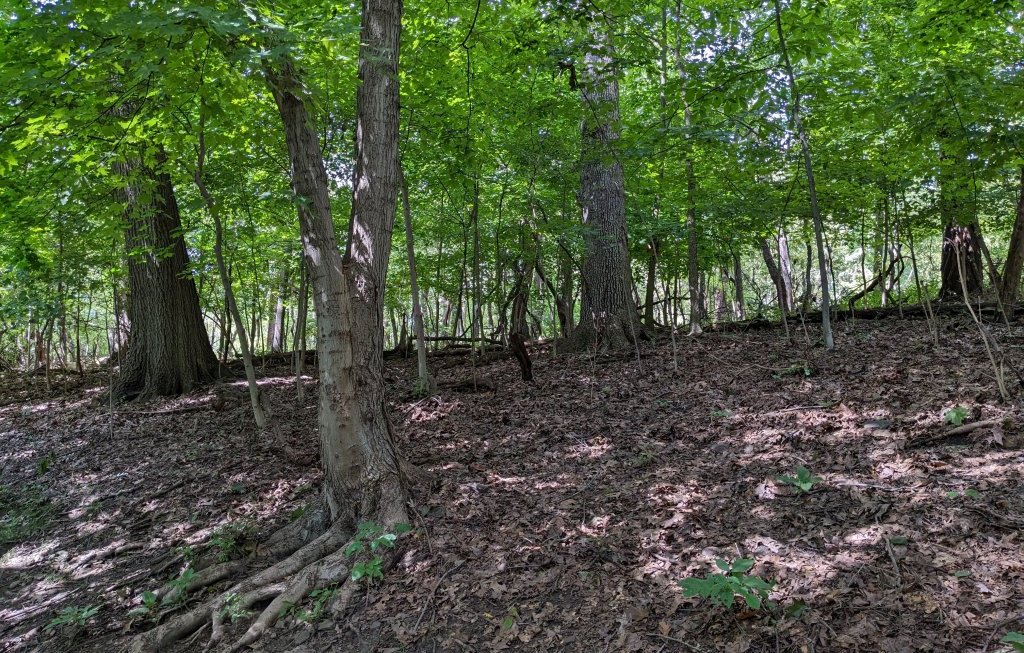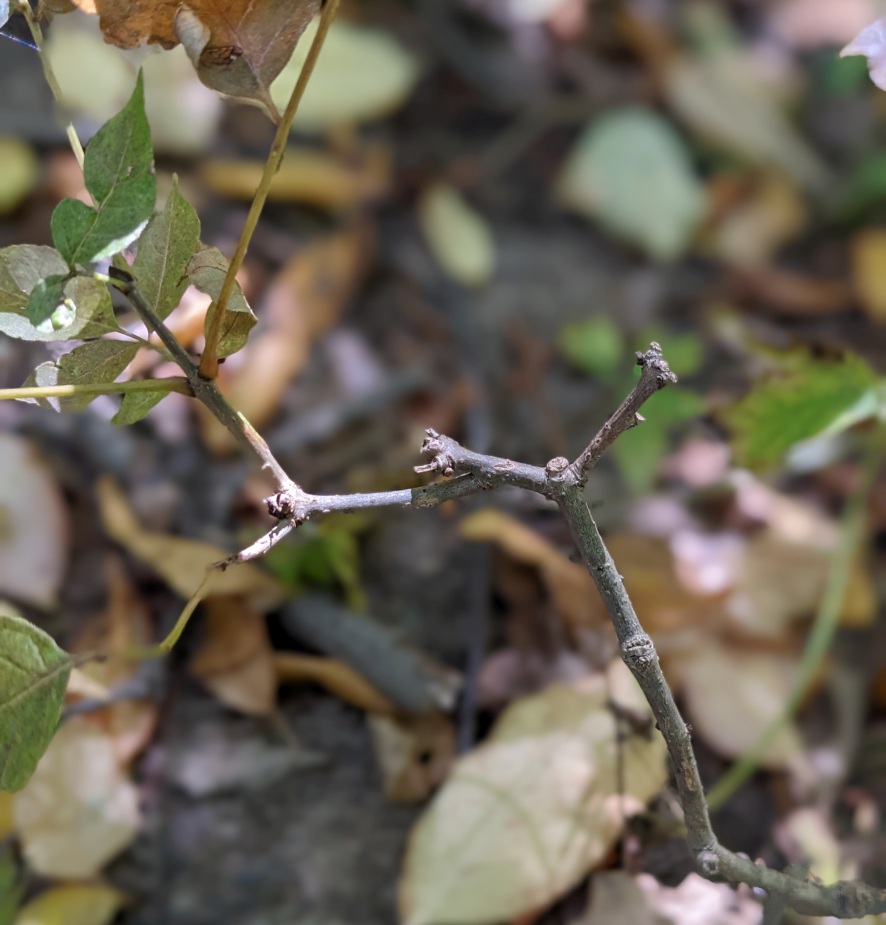
18 January 2023
I now suspect that just as a deer herd lives in mortal fear of its wolves, so does a mountain live in mortal fear of its deer.
— Aldo Leopold, A Sand County Almanac: “Thinking Like A Mountain”
Aldo Leopold (1887-1948), quoted above, was a writer, philosopher, forester and conservationist. In the early 1900s he participated in a project to eradicate wolves from the American West. Back then it was thought that the absence of wolves would be great for our range cattle but no one considered what would happen to the landscape without the apex predator. Thirty years later Leopold wrote about it in A Sand County Almanac. We see the same results in Pennsylvania and in Pittsburgh’s parks today.
- In the absence of hunters (wolves) the deer proliferated.
- Deer still ate what they always ate, but the higher population consumed so much more.
- The deer’s favorite food plants disappeared first; all new growth was consumed. The deer covered more ground and ate less favored plants.
- After a couple of decades with constant browsing and so many plants missing, the landscape cannot regrow itself. The range failed within 20-30 years.
It’s not the mountain rocks that are afraid of deer. It’s the forest that fears for its life because deer are its predators.

When the deer population is in balance with the habitat, the forest is fine. When the population is too high the forest shows signs of distress on its way toward failure including browse lines and small bonsai-like trees, as seen in Schenley Park below.


In Riverview Park deer overpopulation has encouraged the proliferation of invasive Asian jumping worms (Amynthas agrestis) and led to a host of other problems including erosion, described by Mark Kramer in How One Park’s Ecosystem — and Maybe its Legacy — Is Eroding Away.
Amazingly, it all started with the decision to remove an apex predator. We humans are the reason why there are too many deer and, so far, we haven’t had the will to reduce their population to a sustainable level.
In the meantime the forest is afraid for its life.
(photos by Kate St. John and from Wikimedia Commons)
I hope someone pays heed